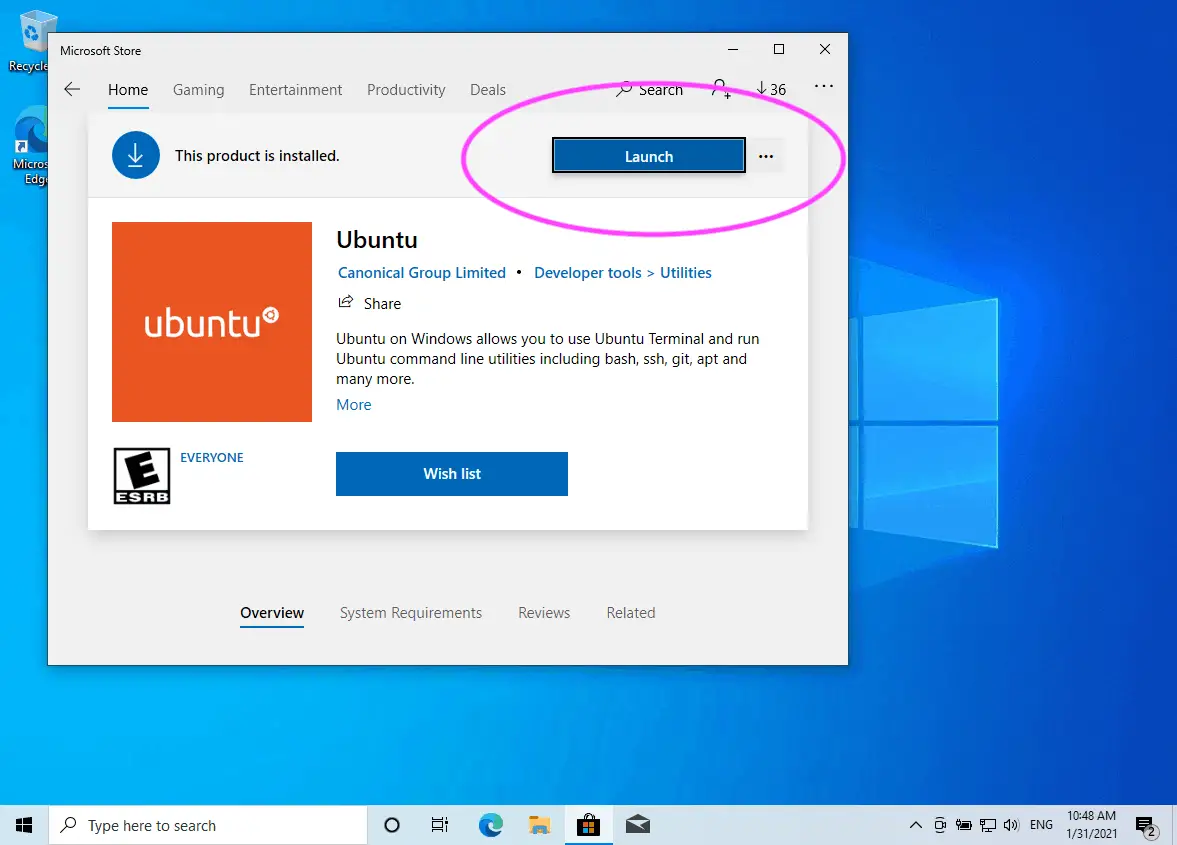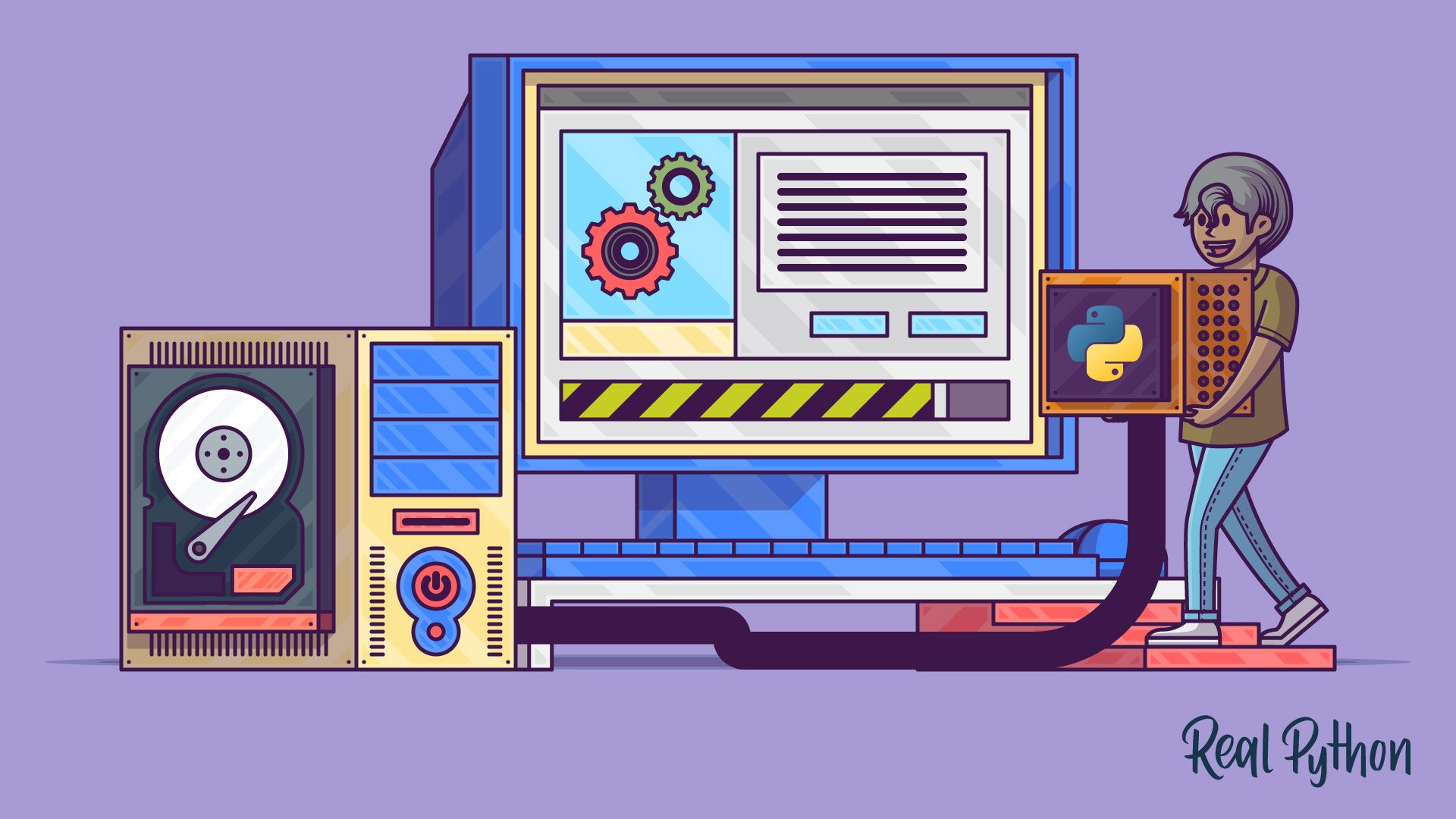

So what exactly is the command line or the shell? Common uses of the command line include moving, renaming, deleting, copying, and creating files. A simple command in the command line can affect all applicable files in one go. One of the advantages of corpus phonetics is being able to scale up the size of projects however, handling large numbers of files individually would be quite tedious. Use of the command line, or shell, is required for several relevant programs it also greatly facilitates batch processing of large numbers of files. In corpus phonetics, the preparation, processing, and analysis of speech data are extensively automated. 3.4.4 Generating pronunciation probabilities in a speech corpus.3.4.3 Multiple speakers in the same file and stereo recordings.3.4.2 Training and using a G2P model (Mac/Linux only).3.3.7 Example 7: Train and align 2 – Guarani.3.3.6 Example 6: Train and align 1 – Spanish.3.3.5 Example 5: Modifying the lexicon 2 – “g-dropping”.3.3.4 Example 4: Modifying the lexicon 1 – nonwords.3.3.3 Example 3: Prep the TextGrids – utterance-specific intervals.3.3.2 Example 2: Prep the TextGrids – all-in-one.And if your answer is yes then please share this article with your family and friends.
#BASH SHELL FOR WINDOWS TUTORIAL HOW TO#
I hope you understand this article How to Use Linux Bash Shell on Windows 11/10 PC, if your answer is no then you can ask anything via contact forum section related to this article.
#BASH SHELL FOR WINDOWS TUTORIAL INSTALL#

If it’s not visible, make sure you select “Large Icons” from the “View By” menu. You can get there by pressing Windows Key + X and selecting Control Panel from the popup menu that appears.



 0 kommentar(er)
0 kommentar(er)
